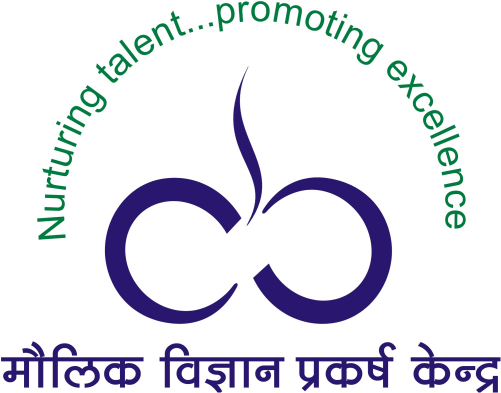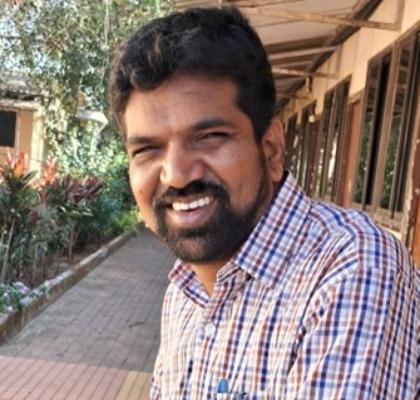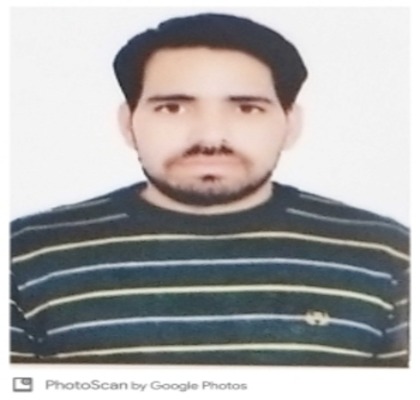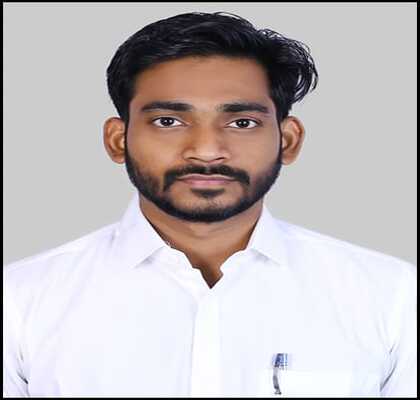



Reader-F
Publications
Group Members

SRF
Thesis topic: Low temperature plasma physics

JRF
Thesis topic: Laser Plasma Interaction
Research
The group works in an area of computational plasma physics with primary focus on modeling of non-equilibrium kinetic processes in plasma. These processes are typically modelled by Vlasov-Poisson or Vlasov-Maxwell system of equations using a technique called Particle-In-Cell (PIC) simulations. The group focusses on understanding complex dynamics of plasma by performing PIC simulations using in-house developed (AGASTHII-py) or open source massively parallel state-of-the-art plasma codes such as Warpx, EPOCH, Smilei, Flash etc. Currently, we are working on the following areas:
1. Intense laser plasma interaction
The physics of interaction of extremely intense short pulse (10-30 femtosecond) lasers with the matter has applications in accelerator physics, medical physics, nuclear fusion, plasma astrophysics etc. These lasers, operating in the near-infrared range of 0.8-1 micrometer with intensities exceeding 1018 W/cm2, offer exciting opportunities to study relativistic plasma dynamics. The plasma produced by such lasers can support very strong electric fields (of the order of GV/m), which can accelerate charged particles to relativistic energies within a short distance (of the order of meters). Therefore, worldwide extensive research is currently going on to tap the potential of plasma to produce next-generation compact electron/hadron accelerators. In particular, the group is working on laser-plasma based proton accelerators using radiation pressure acceleration scheme.
2. Low temperature plasma physics
The low temperature plasma physics involves study of non-thermal plasma where electron temperature is in the range of 1-10 eV whereas ions are almost near the room temperature. Such partially ionized plasmas have wide range of industrial applications ranging from semiconductor manufacturing, space-propulsion, surface engineering, to name a few. The group’s main interest in these plasmas is to understand its dynamics in the presence of external magnetic fields. Specifically, the group is working on two problems viz. dynamics of magnetized plasma sheath in radio frequency capacitively coupled plasma (CCP) discharges and kinetic instabilities in Hall thruster space-propulsion devices.
3. Development of indigenous plasma codes
Although open-source massively parallel plasma codes are extensively used, the group also realizes the need for in-house code development. This activity helps in improving the understanding of algorithms, numerical methods which are typically implemented in the state-of-the-art plasma codes. In addition, implementing new ideas is relatively easy in the in-house codes. Therefore, working in this direction, the group has developed a two-dimensional electromagnetic particle-in-cell (PIC) code to study relativistic laser plasma interaction. In addition, the group is currently working on extending the code to simulate electrostatic interactions inside complex plasma geometries. Typically, graduate students in the group work on some-aspects of code developments along with physics problems discussed above.
External Links
UM-DAE Centre for Excellence in Basic Sciences
Nalanda Building, University of Mumbai, Vidyanagari, Mumbai 400098, India.
NEST/Outreach:+9186570 26481
NEST/Admissions:+9186570 26482
General Enquiries: info@cbs.ac.in
Admissions Queries:admissions@cbs.ac.in
Web: https://cbs.ac.in